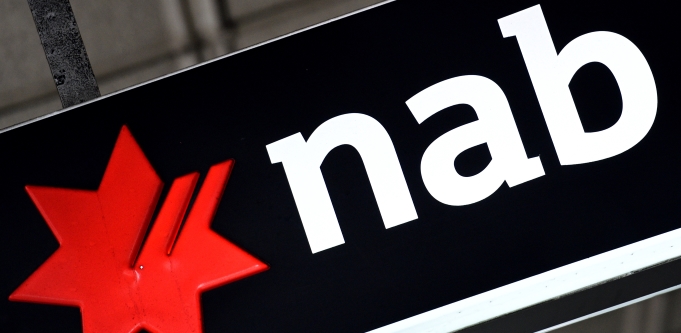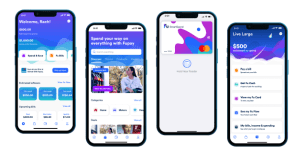
National Australia Bank. Source: AAP/Mick Tsikas.
National Australia Bank (NAB) is the latest bank to join the buy now pay later (BNPL) pile on, with its new NAB Now Pay Later to be rolled out in July 2022.
The difference between it and competing offers is its zero fees model. That means no interest, no account fees and, most significantly, no late fees. Merchants will also not need to sign up to offer NAB Now Pay Later, as NAB is relying on the existing Visa credit card payment system.
This is potentially good news for both merchants and consumers: NAB Now Pay Later can be used wherever Visa is accepted, both online and in-store, giving users more choice and sparing merchants the burden of additional fees.
Businesses that already accept Visa transactions won’t be required to pay additional fees to NAB, however, they will pay the 1 to 1.5% transaction fee you already pay for credit card transactions.
While the Australian BNPL market appears to be oversaturated, NAB’s group executive for personal banking Rachel Slade claims that, “hundreds of thousands of NAB customers are using installment payment services, so we’ve created NAB Now Pay Later to make this option simple and digital for them”.
NAB also cites a survey by Visa which found that 90% of respondents were highly likely to use an installment option from their issuing bank.
The product, which will allow users to pay for purchases of up to $1000 over four fortnightly installments, will be available to customers with individual NAB transaction accounts and the latest version of the NAB app, who are aged over 18 years and who pass credit checks.
Users can apply to use the product via the NAB app, and if the criteria is met, would be able to use the product within minutes of applying.
NAB Now Pay Later follows on the heels of NAB’s StraightUp, a no interest credit card the company launched in 2020, and which was NAB’s most popular new credit card in the last year.
Industry battles
There are at least 5-6 million active installment payment accounts in Australia already, with 45% of Australians using an installment payment product. While there’s no doubt BNPL has surged in popularity, the BNPL sector is not without its problems or challenges.
A recent CPA survey found Australian small businesses are lagging behind their counterparts on the Asian continent when it comes to adoption of technology, including a general reluctance to offer novel digital and payment technologies like Apple Pay and Afterpay. The survey found that 39.4% of Australian small businesses were unlikely to offer such payment methods, compared to 0.1% of Mainland Chinese small businesses.
CPA points to the poor short-term returns Australian small businesses may gain by embracing and investing in new technology. With standalone BNPL giants like Afterpay charging a commission rate transaction from 4 to 6%, in addition to a transaction fee of $0.30, it may come as no surprise that nearly 40% of small businesses are reluctant to sign up.
While the popularity of BNPL among customers is showing no sign of ebbing, with consumer groups pushing for better regulation (currently, BNPL does not have consumer protections and is self-regulated), share prices tanking, big names like Afterpay reporting gargantuan losses, and a rise in interest rates making borrowing more expensive, it may become more difficult for standalone players to compete with the banks.
As McLean Roche managing director Grant Halverson told The Guardian, it’s likely that BNPL-only operators will face “a massive squeeze” given that banks have “huge muscle and can ride out the increase in funding costs”.
Handpicked for you

Fintech Fupay brings in BNPL for groceries and petrol, as the pay-in-four trend continues



COMMENTS
SmartCompany is committed to hosting lively discussions. Help us keep the conversation useful, interesting and welcoming. We aim to publish comments quickly in the interest of promoting robust conversation, but we’re a small team and we deploy filters to protect against legal risk. Occasionally your comment may be held up while it is being reviewed, but we’re working as fast as we can to keep the conversation rolling.
The SmartCompany comment section is members-only content. Please subscribe to leave a comment.
The SmartCompany comment section is members-only content. Please login to leave a comment.